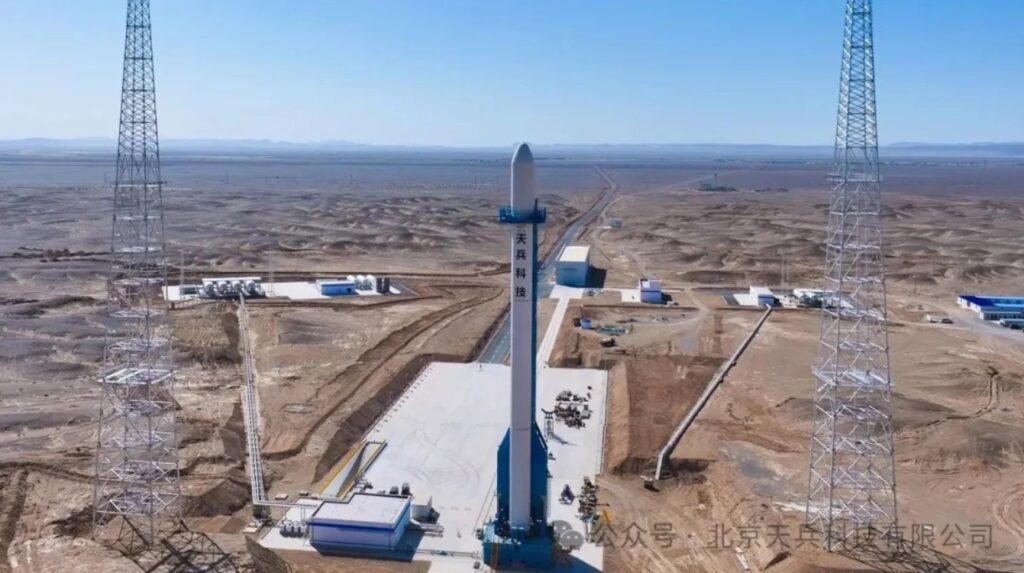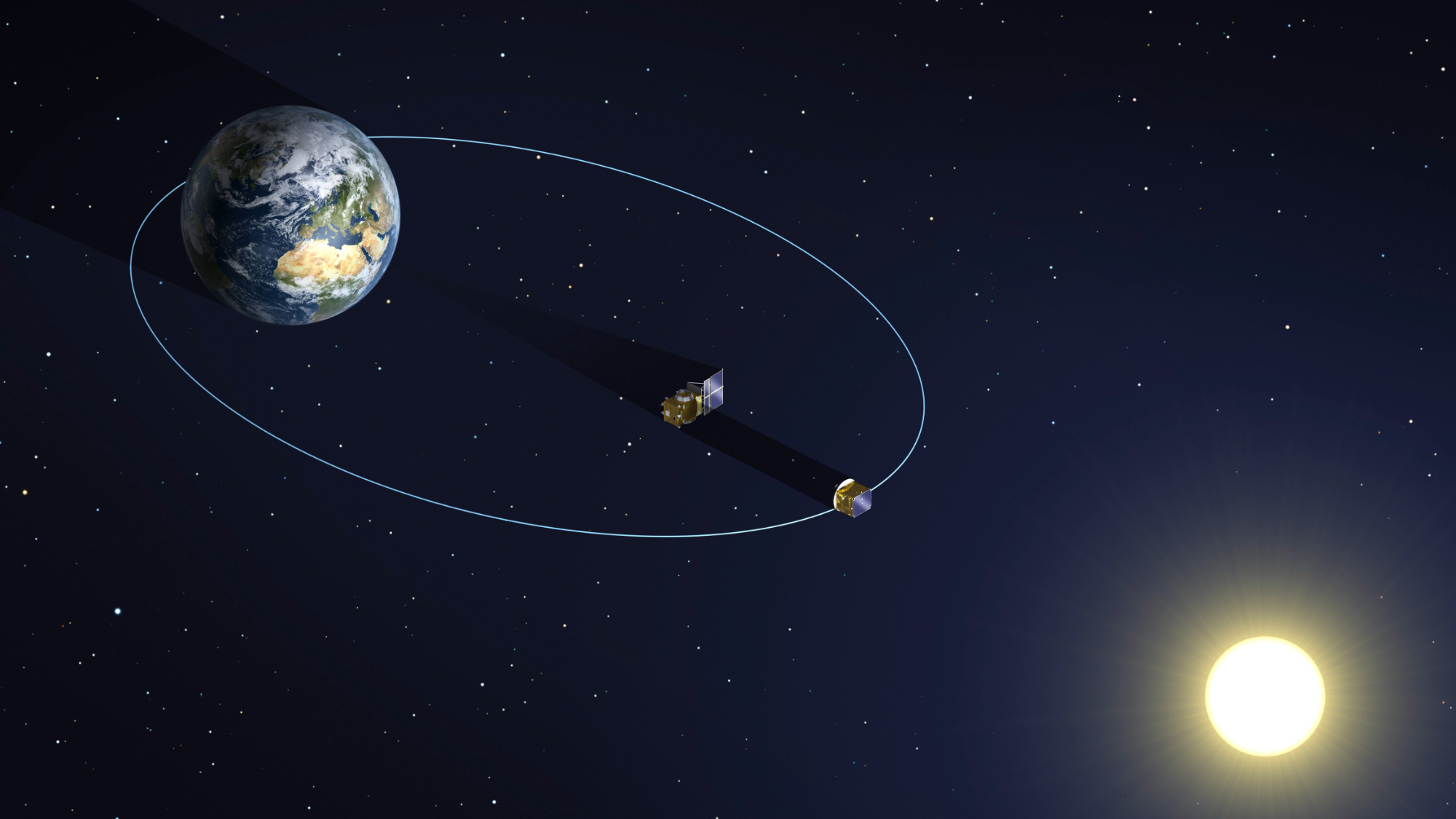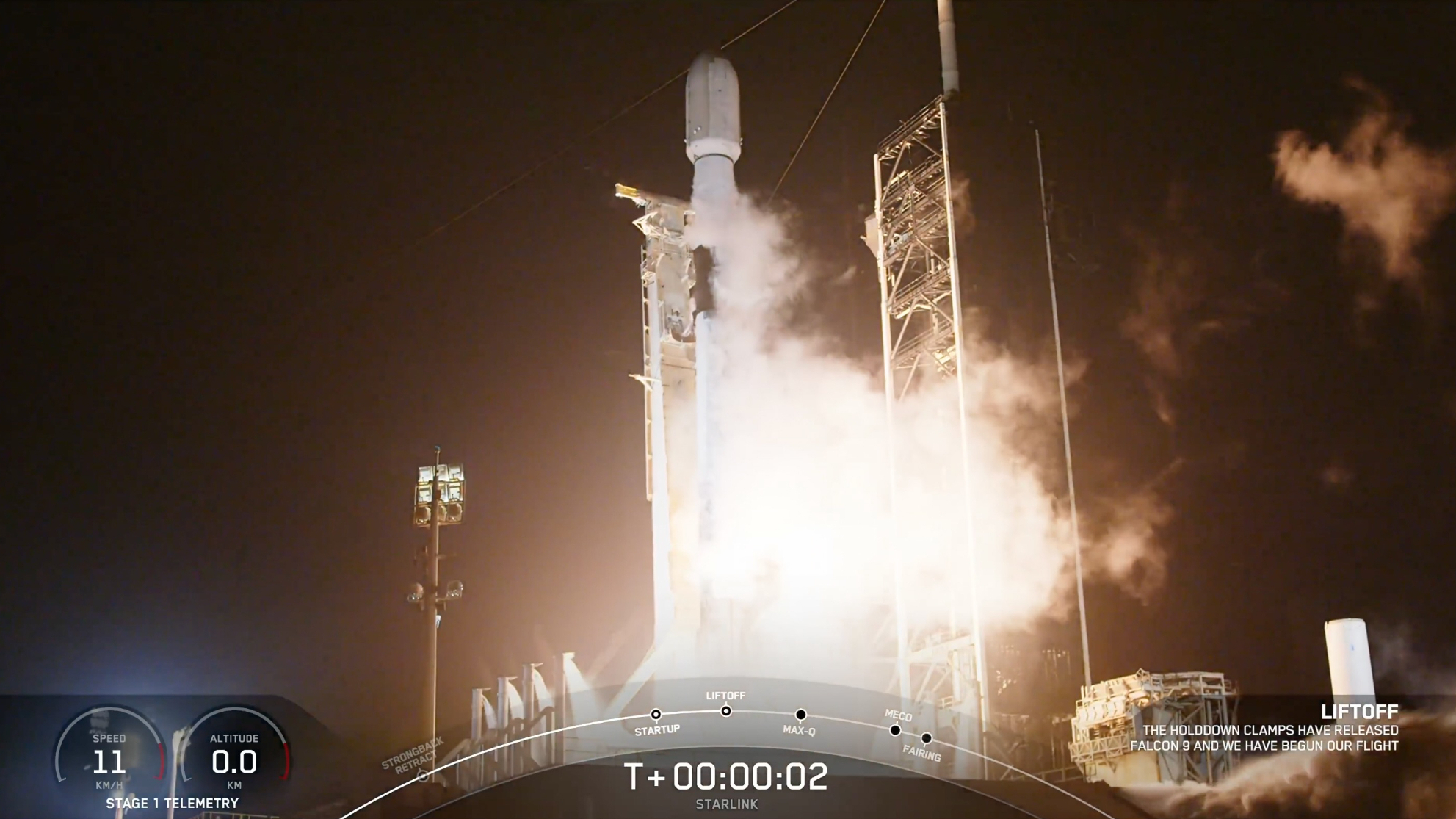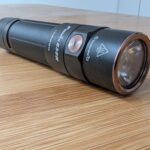Now Reading: China adds to classified TJS, Yaogan satellite series with two launches
-
01
China adds to classified TJS, Yaogan satellite series with two launches
China adds to classified TJS, Yaogan satellite series with two launches
HELSINKI — China has added new spacecraft to two separate classified satellite series with a pair of launches across Sunday and Monday.
A Long March 3C rocket lifted off from Xichang Satellite Launch Center at 2:09 p.m. Eastern (1809 UTC), May 12, climbing into the night sky above the spaceport. The Shanghai Academy of Spaceflight Technology (SAST), a major arm of state-owned main space contractor CASC, announced launch success within an hour of liftoff.
The launch successfully sent the communication technology experiment satellite-19, or Tongxin Jishu Shiyan-19 (TJS-19), into geosynchronous transfer orbit. Airspace closure notices indicated the launch was imminent, but the identity of the payload was only revealed post-launch.
The satellite is described as “mainly used to carry out multi-band, high-speed satellite communication technology verification.” SAST published neither images nor technical details of the satellite.
The TJS series mainly operates in geostationary orbit (GEO). It is seen by Western analysts as potentially carrying out classified missions including signals intelligence, early warning missions and satellite inspection activities to support the People’s Liberation Army (PLA). China now has 17 main TJS satellites in orbit, with no apparent TJS-8 satellite, and the latest launches skipping TJS-18.
A SAST mission patch appears to depict the King of the South, one of the Four Heavenly Kings; a set of Buddhist deities each guarding one cardinal direction of the world. Patches for the earlier launches of TJS-15, 16 and 17, across March and April, each also featured one of the deities. The launches used a mix of Long March 7A rockets lifting off from Wenchang, and Long March 3B and 3C rockets from Xichang. The 3C uses two side boosters while the 3B uses four.
TJS-15 is located at 90.2 degrees East on the geostationary (GEO) belt, above a position off the western coast of Indonesia. TJS-16 and 17 are located at 152.5 and 152.8 degrees East respectively, around 200 kilometers apart, and above the offshore islands of Papua New Guinea.
China launched its first TJS satellite in 2015, but has launched nine such satellites over the past year and a half. Notable missions include TJS-13, launched in December 2024, joining two other Chinese satellites, Shiyan-10 (01) and Shiyan-10 (02), in a highly elliptical, Molniya-like orbit, and TJS-3, launched in 2018, which released an object which carried out subsequent maneuvers.
Yaogan-40 (02)
Monday’s launch followed a little over 24 hours after China added to its classified Yaogan satellite series.
A Long March 6A rocket lifted off from Taiyuan Satellite Launch Center, North China, at 9:27 a.m. Eastern (1327 UTC), May 11. CASC announced launch success around an hour after liftoff, revealing the passengers to be the Yaogan-40 (02) group. It briefly described the satellites as mainly to be used for electromagnetic environment detection and related technical experiments.
At time of reporting, the U.S. Space Force had not yet cataloged objects from the launch. However, airspace closure notices suggest the spacecraft were sent into a near polar orbit. This echoes the launch of the Yaogan-40 (01) group in September 2023, which entered near-polar orbits after launch on a Long March 6A from Taiyuan.
Yaogan (“remote sensing”) satellites are thought to be for users including military customers, with uses thought to include optical imaging, synthetic aperture radar (SAR) and electronic intelligence (ELINT) satellites.
Few details, if any, are available about the satellites. They are typically described as being for purposes including land survey, crop yield estimation, environmental management, meteorological warning and forecasting, and disaster prevention and reduction or “electromagnetic environment detection and related tests.”
Busy week of launches, Tianwen-2
The missions were China’s 24th and 25th orbit launch attempts of 2025. A series of launches are expected this week, with Long March 2D and Zhuque-2 launches expected from Jiuquan, northwest China, and a sea launch of the Ceres-1 solid rocket.
The launch of the Tianwen-2 near Earth asteroid sample return and main belt comet mission is expected from Xichang before the end of the month.
Stay Informed With the Latest & Most Important News
Previous Post
Next Post
-
 012024 in Review: Highlights from NASA in Silicon Valley
012024 in Review: Highlights from NASA in Silicon Valley -
 02Panasonic Leica Summilux DG 15mm f/1.7 ASPH review
02Panasonic Leica Summilux DG 15mm f/1.7 ASPH review -
 03How New NASA, India Earth Satellite NISAR Will See Earth
03How New NASA, India Earth Satellite NISAR Will See Earth -
 04And Thus Begins A New Year For Life On Earth
04And Thus Begins A New Year For Life On Earth -
 05Astronomy Activation Ambassadors: A New Era
05Astronomy Activation Ambassadors: A New Era -
06SpaceX launch surge helps set new global launch record in 2024
-
 07Space Force plans new ‘Futures Command’ amid pressure to speed up modernization
07Space Force plans new ‘Futures Command’ amid pressure to speed up modernization




















